Tips
How to record ASMR videos in Samsung Galaxy phones
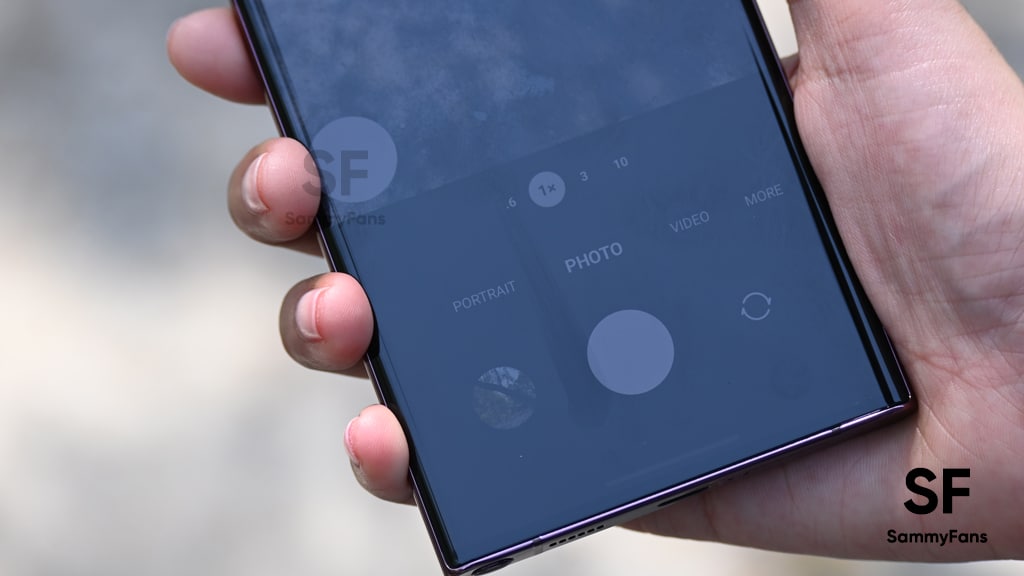
ASMR videos are a popular trend on social media platforms nowadays. These are satisfying videos that people love watching. But have you ever tried creating such videos but got failed due to a lack of knowledge? Well, Samsung is here with some tips and tricks to let Galaxy users record good ASMR videos.
ASMR (Autonomous Sensory Meridian Response) videos contain audio effects that activate a tingling sensation for some people and help them relax or sleep. Since these are very popular among social media users, many people try to create one to gain popularity.
Join SammyFans on Telegram
From baking to unboxing a new phone, you can create an ASMR video of any object, you just need a perfect setup to record one. Meanwhile, Samsung has recently shared an ASMR video along with tips on setting up your flagship Galaxy phone’s microphones.
Follow Sammy Fans on Google News

Samsung recommends using Pro Video mode to make such videos as it allows you to control the videos you create through the personalization settings. If you also need some idea on how to capture one, do check the steps below. This will surely help you record the right audio for your ASMR videos on a Samsung Galaxy phone.
How to record ASMR videos on Samsung:
Make sure to set up in a quiet room to ignore background sound and place your phone on a stand/tripod to limit camera shake.
- Open the Camera of your Samsung phone.
- Scroll right for the More option.
- Tap Pro Video mode.
- Select the Rear mic option.
- Adjust your decibel levels accordingly.
- Finally, record your video.
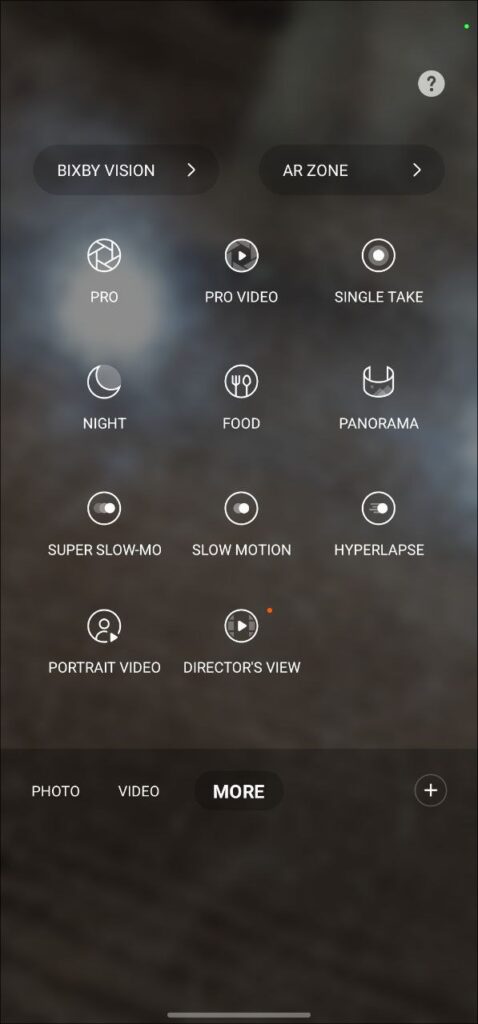
Before you start recording, test the captured sound on various in-built microphone options, Omni, Front, Rear, or External microphone sources through USB or Bluetooth. You can then adjust the decibels (dB) accordingly to help improve focus and reduce background noise on your voice or featured products.
Issues
Here’s how to stop annoying vibrations and notifications on your Samsung device
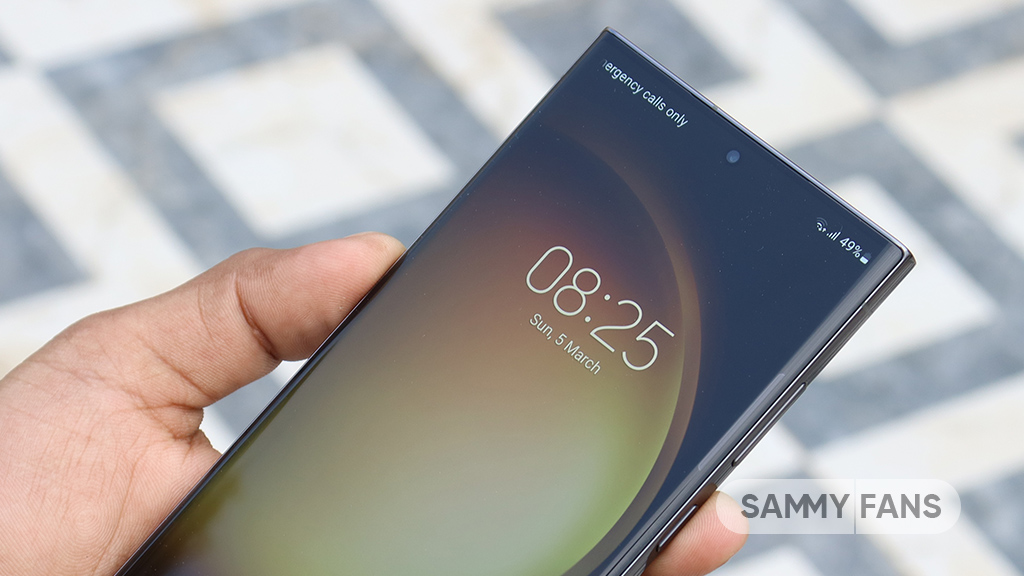
Several Samsung users have recently reported unexpected vibrations and notifications from their Galaxy phones after updating the Samsung Wallet Digital Key app. This has caused inconvenience among users, leading to frustration with these notifications.
The issue mainly arises after installing the Samsung Wallet Digital Key app version 1.4.30.6. After this update, users’ Galaxy phones started making unknown vibrations and notifications.
Fortunately, Samsung has acknowledged these issues and prepared an update to fix these unexpected vibrations and notifications. The company recommends installing the latest version of the Samsung Wallet Digital Key app to enjoy smoother performance.

To install the latest update of the Samsung Wallet Digital Key app, first open the Galaxy Store on your device and tap the menu at the bottom of the screen. Now, select the Updates option. Scroll down to locate the Samsung Wallet Digital Key app, and then tap the “Update” button next to it.
By following these steps, Samsung users can ensure that their app is up-to-date and functioning correctly. With the latest version, they can enjoy using the Samsung Wallet Digital Key with a better experience and without bugs.
Aside from this, the Samsung Wallet app recently received a Tap to Transfer feature for Galaxy devices. It allows users of Samsung Wallet on Galaxy phones to instantly transfer money by tapping the backs of their devices together.
Samsung Wallet ‘Tap to Transfer’ takes lead over iOS 18’s Tap to Cash
One UI
Samsung Gallery albums missing after One UI 6.1.1 update? Check these quick solutions
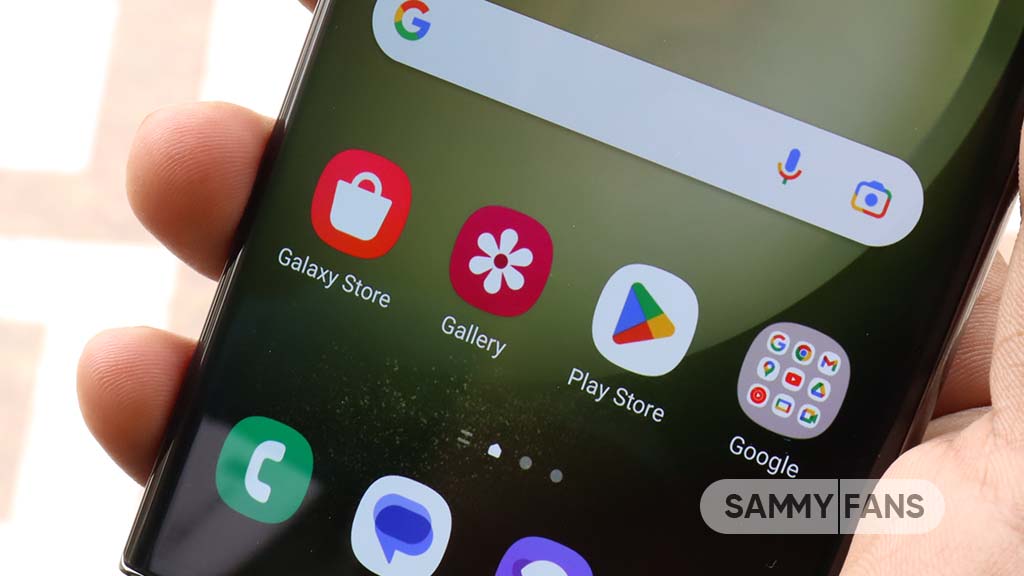
If you’ve updated your Samsung Galaxy phone to One UI 6.1.1 and noticed that your photo albums are missing or not showing up in the Gallery app, you’re not alone. Several Galaxy users are experiencing the same issue. Let’s take a look at what’s cause of this issue and how to fix it.
What’s the Issue?
After the major One UI 6.1.1 update, some users have found that when they select an album group in the Gallery app, their photos are not visible. Instead, the album seems to disappear entirely.
The issue often happens when you have albums with the same name activated in two different features – the album hiding function and the album merge feature. When both are turned on, it can cause albums to disappear or not display correctly.
Samsung’s Response
Samsung is aware of this issue and the community moderator has confirmed that it’s a known issue affecting users after the One UI 6.1.1 update.
The moderator has also mentioned that the company is working on a solution to fix these bugs in future updates. In the meantime, you can check some temporary solutions to resolve it.
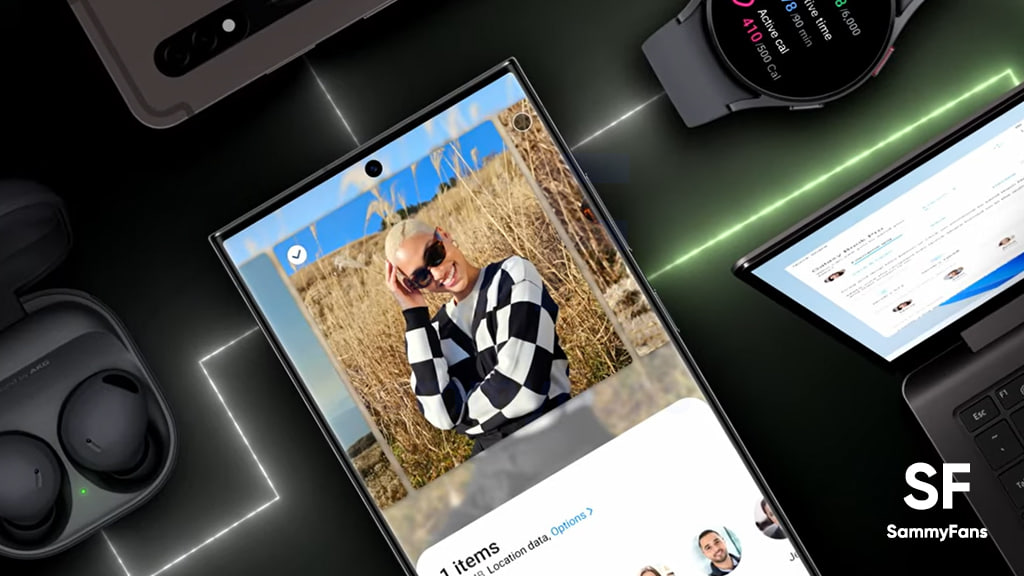
Quick Solutions
If you’re experiencing problems with your albums, there are two solutions you can try:
1.) Disable Albums with the same name in the Hide Album Feature
For that, you just need to open the Samsung Gallery app on your device >> tap the More Options icon (Three vertical dots) >> Select Hide Album option >> Look for albums that have the same name and turn them off.
2.) Turn Off the Album Merge Feature
To do so, launch the Samsung Gallery app >> click on the More icon at the bottom to enter Settings >> check the option for Merge Album and switch it off.
By following these steps, you should be able to see your photo albums again. You can also check software updates and a Gallery app update. If any of them are available on your smartphone, install them now to get a better experience.
Update your Samsung Calendar app now to fix widget disappearance issue
One UI
Excited for One UI 7 Beta? Here’s how to get your Samsung device ready!

Samsung is going to open the One UI 7 Beta Program for Galaxy devices soon, and fans are excited to be a part of it. Ahead of registering beta, it is important to ready your Galaxy smartphone for that.
If you have the latest Galaxy flagship smartphone, such as the Galaxy S24 series, Galaxy Z Fold 6, or Galaxy Z Flip 6, here are a few steps to prepare for the Beta update:
1). Keep Your Software Updated
- Make sure your phone is running the latest software version. You can only participate in the Beta if your device’s software is up to date. This also helps with performance and compatibility for the upcoming Beta.
2). Install the Samsung Members app
- Samsung Members app is necessary to join the Beta program. If you haven’t installed it yet, do so soon! To do so, you just need to open Galaxy Store >> Search ‘Samsung Members’ >> Open it and tap to Install.
3). Update the Samsung Members app version
- If you already have the Samsung Members app, check for any updates. Keeping it up to date will help you access the Beta Poster and enjoy new features.
By following these steps, you’ll be ready to join the One UI 7 Beta program as soon as it is available.
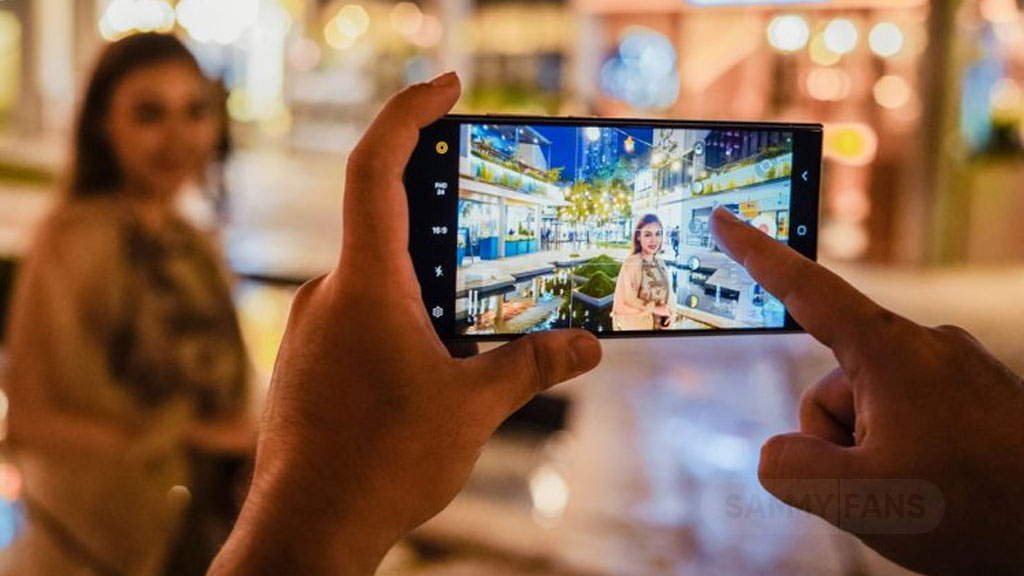
Notably, the Korean tech giant hasn’t confirmed when One UI 7 will be released but some reports show that many flagship devices are already being tested internally. However, the recent information reveals that there may be some delays in the Beta rollout.
Today, Samsung is holding its 2024 Developer Conference, where the company will showcase improvements in various features like Bixby, Galaxy AI, One UI, Samsung Health, Samsung Wallet, SmartThings, and Tizen. It’s not clear if Samsung will reveal Android 15-based One UI 7.0 at the event.
Keep an eye on announcements and get ready to enjoy new features on your Galaxy device!
One UI 7 may expand One UI 6.1.1 features to non-flagship devices












